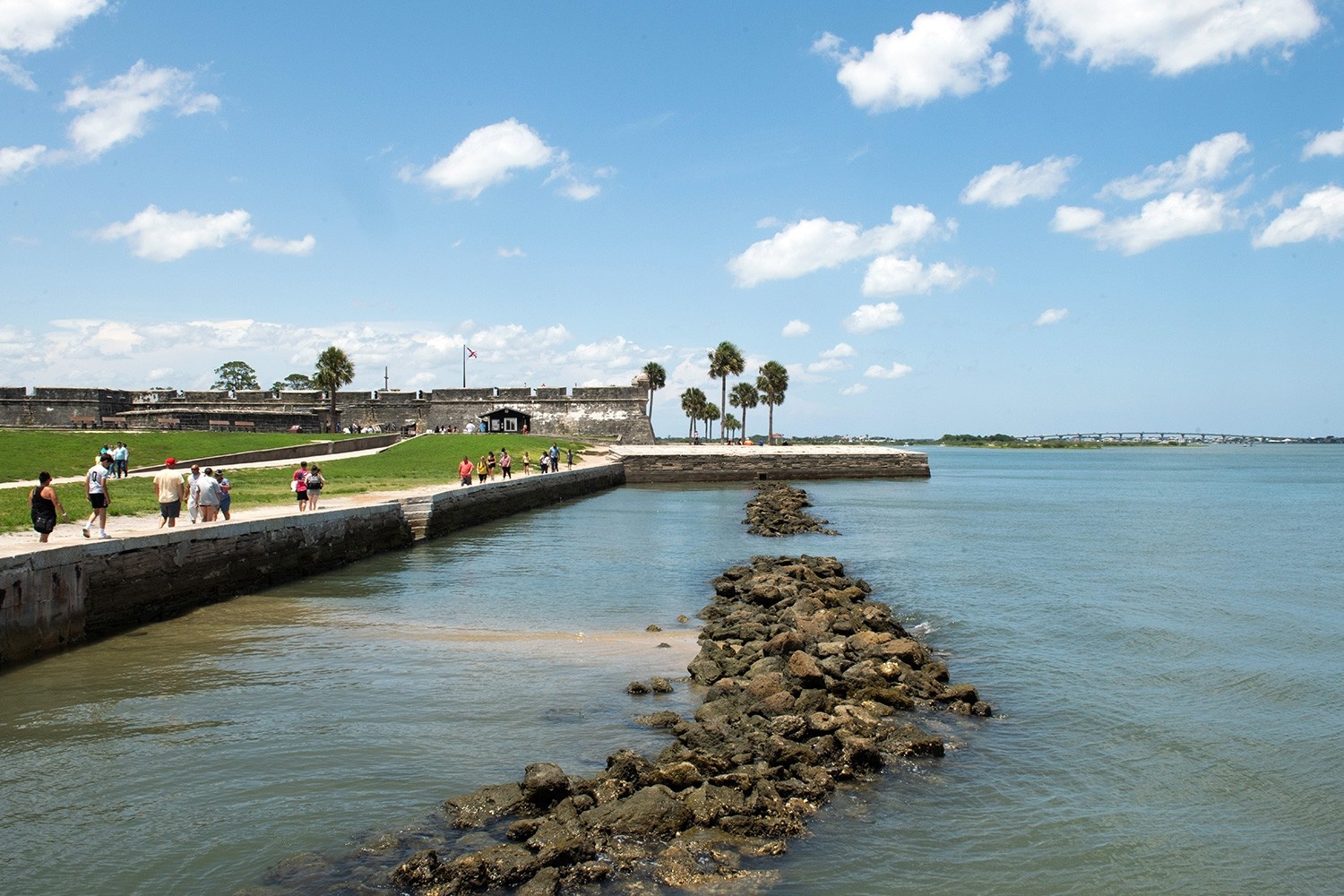NORTH STARS:
Heritage Value
Wildlife & Ecosystems
Production & Consumption
“With its historical background and extensive waterway systems, St. Augustine has much to offer many different types of visitors.”
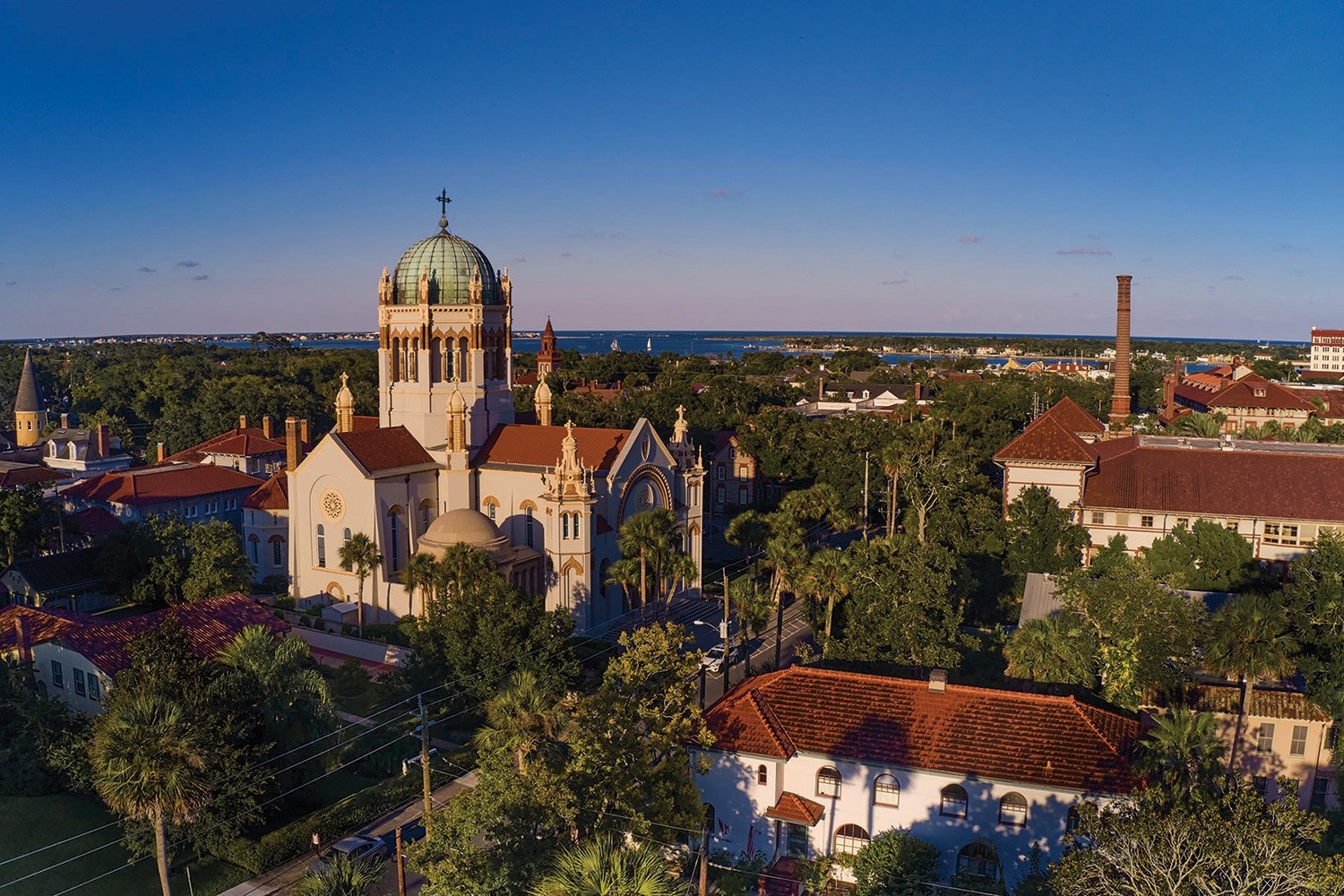
Even though St. Augustine holds the title of the oldest city in our nation — founded by the Spanish in the late 1500s and occupied ever since — its history stretches even further back. Before the Spanish claimed the area and gave it the name we call it today, it had been inhabited long before Europeans arrived, when it was the home of the Timucua Indigenous group.
From the Fountain of Youth Archaeological Park, the former site of the Indigenous town of Seloy, to the stunning colonial architecture found around town, every era of St. Augustine’s long history is on display here. But diving into the city’s past is just part of the appeal of this northeastern Florida destination, which sits on the shores of the Atlantic Ocean.
From pristine white beaches to an extensive waterway system, the city is a haven for outdoor enthusiasts looking to bask in the sun, and is dedicated to protecting its local ecosystems through sustainability work. From adventure to dining to shopping, here’s how to explore this historic city that balances its past with protecting its future.
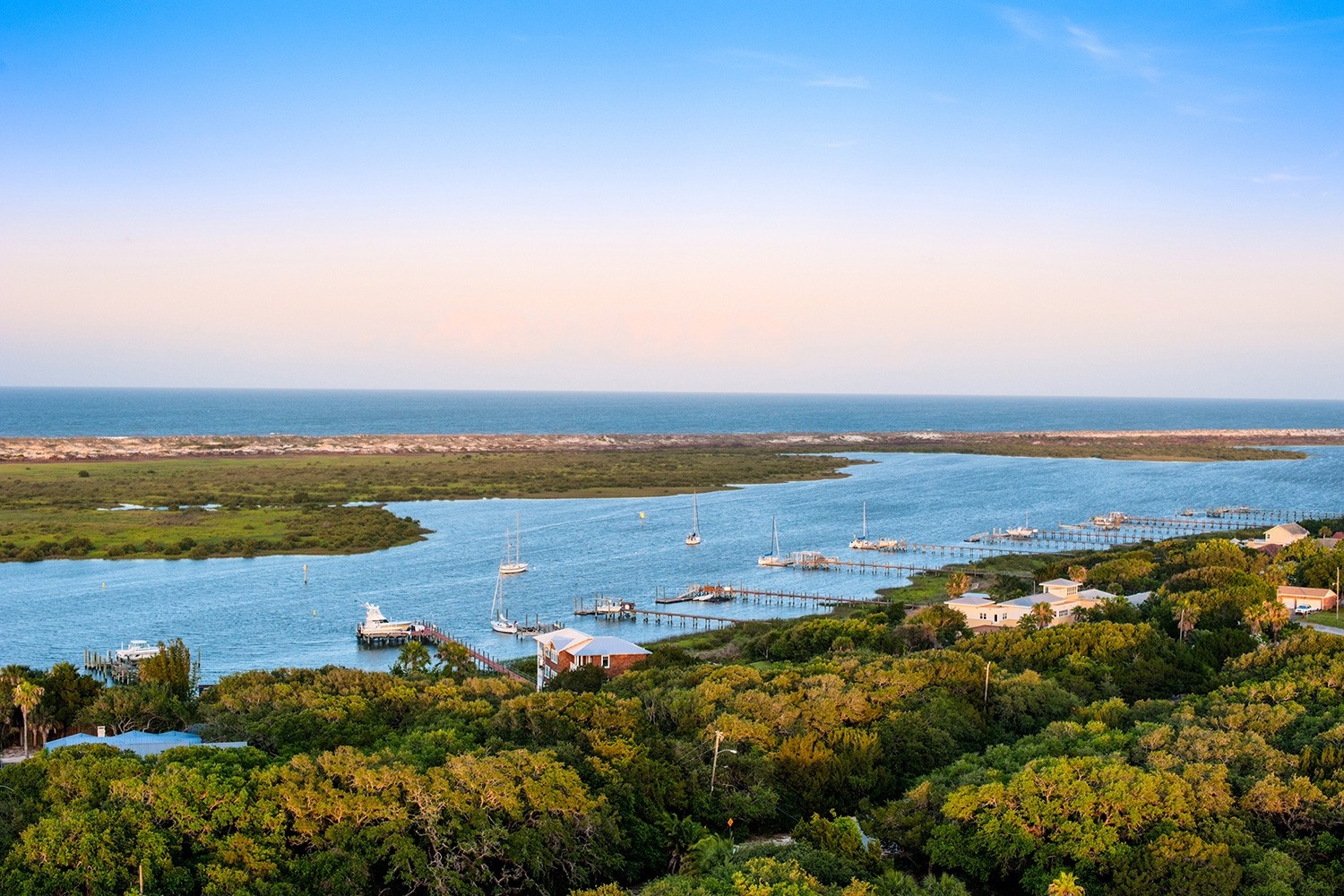
St. Augustine's picturesque waterways. Courtesy of Florida's Historic Coast
Where to Explore
St. Augustine’s layered past is best explored through its many historical landmarks — from the Fountain of Youth, linked to Ponce de Leon’s expedition, to the Old Jail Museum and Oldest House Museum Complex and Gardens, which offer insight into colonial-era life. But discovering the city means embracing both its heritage and its natural surroundings.
Flanked by the Atlantic Ocean, bordered by the St. Johns River, and threaded with estuaries and swamps, St. Augustine is shaped by water — and it’s one of the best ways to experience the area. Head out with St. Augustine Eco Tours, led by marine naturalist Captain Zach McKenna and his team. Tours depart from the St. Augustine Municipal Marina and offer close-up views of Atlantic bottlenose dolphins, manatees, and coastal birds — along with historic sights like the Castillo de San Marcos fort.
The company minimizes its environmental impact through fuel-efficient engines, noise-reduction routes, and conservation efforts — including stewardship of Julia’s Island, a bird-nesting habitat named after McKenna’s daughter and home to species like Wilson’s Plovers.
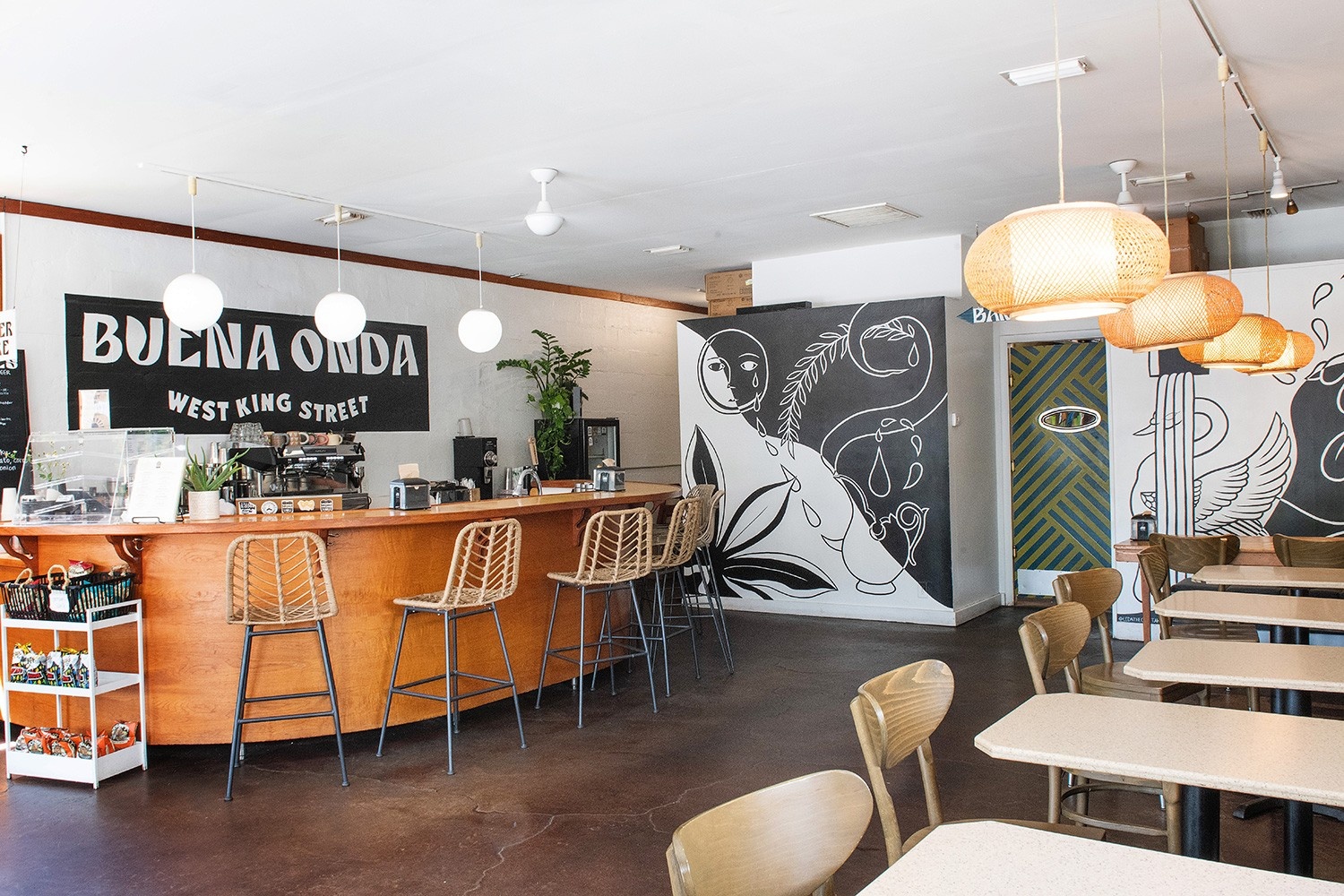
Buena Onda's airy dining room. Courtesy of Agnes Lopez
On land, St. Augustine Wild Reserve offers a different kind of wildlife encounter. Florida’s exotic pet trade leaves many animals abandoned or mistreated, and this nonprofit sanctuary gives a permanent home to more than 90 rescued creatures — from African lions and tigers to lynxes and an African crested porcupine. Founder Deborah Warrick-Rossi and her team lead guided tours that share the animals’ backstories while advocating for wildlife protection. Tour proceeds fund food, shelter, and veterinary care.
Where to Shop and Stroll
To experience the layers of St. Augustine’s past, start on Saint George Street — once the city’s main thoroughfare. Here, you’ll find an 18th-century wooden schoolhouse, remnants of fortress walls from the 1800s, and the Cathedral Basilica, the oldest Catholic church in the U.S. Many buildings date back centuries, including the 1700s Benét House, now listed on the National Register of Historic Places.
The street is as lively as it is historic. Locally-owned boutiques, restaurants, and galleries fill the area. Stop by the Woman’s Exchange Gift Shop, a female-run nonprofit inside the Peña-Peck House, built in 1892, to shop for handcrafted goods made by regional artisans. For a taste of the city’s Spanish heritage, dine at one of the area’s Spanish restaurants or visit niche museums like the Shipwreck Museum, which houses salvaged artifacts that bring the maritime past to life.
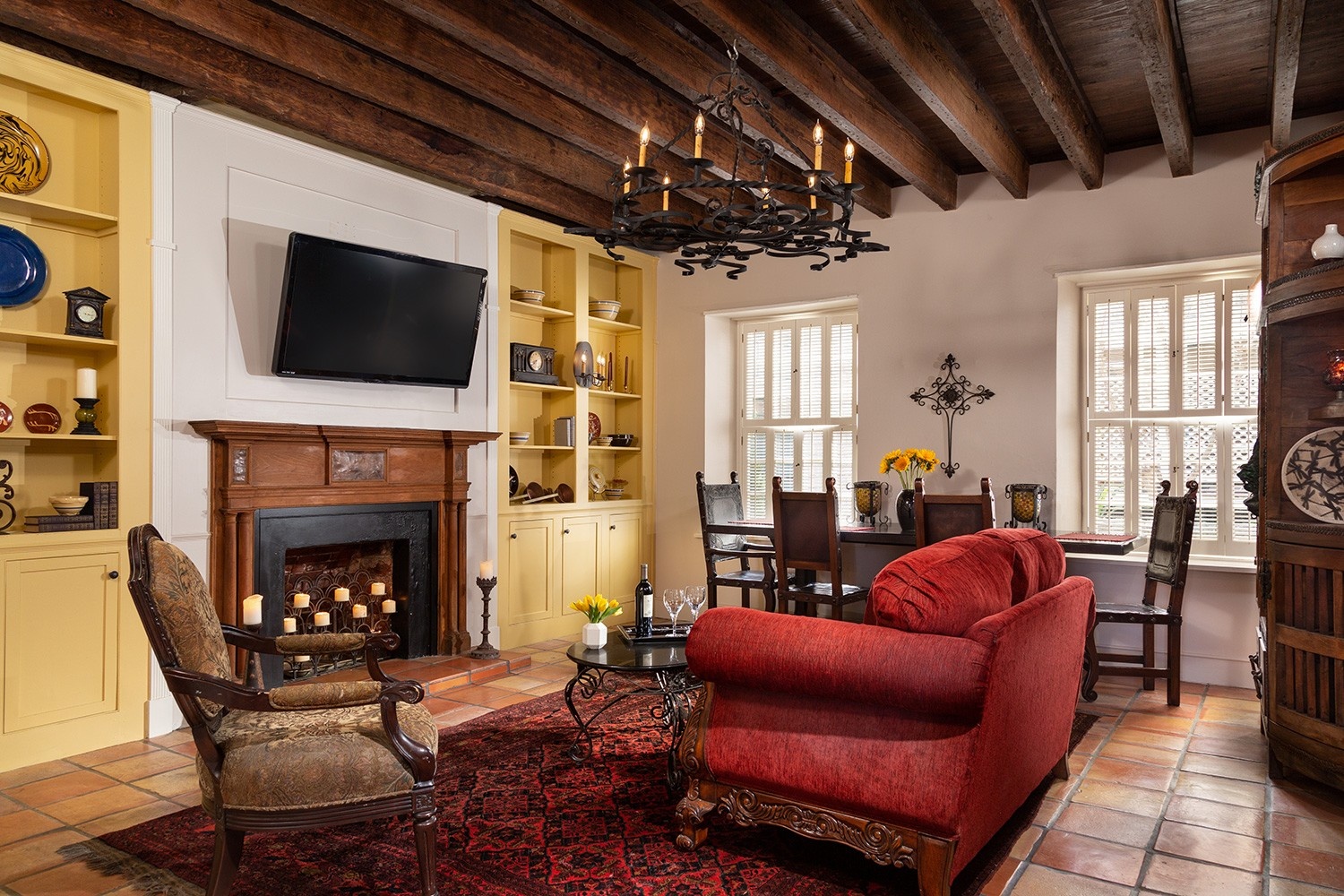
Spanish-inspired rooms at Bayfront Marin. Courtesy of Bayfront Marin
Where to Eat and Drink
St. Augustine is known for its fresh catches and the cozy eatery Catch 27 does it right. Located in the downtown area, the restaurant follows sustainable food practices and only serves locally-caught seafood as well as native plants like datil pepper. Another local favorite for responsible food practices is The Floridian, which uses locally-sourced ingredients to make its Southern dishes and boasts a vast natural wine selection. Along with water management, recycling practices and a diversity-and-equity-minded hiring policy, the Floridian also focuses on waste management. It works with local food composter Lettuce Grow It Farms, sending roughly 10-15 five-gallon buckets of food scraps per week.
Vegetarians and vegans will find plenty of wholesome, nutritious options tailored to their tastes at spots like The Sprout Kitchen, a plant-based cafe run by an all-female staff, and the family-run Buena Onda, which serves vegetarian and vegan fare in a colorful space filled with art and ceramics mugs by local artists. Both businesses also offer compostable or recycling food packaging options for eco-friendly take-aways.
To quench your thirst after a day at the beach, head to the San Sebastian Winery for Florida-grown wines.
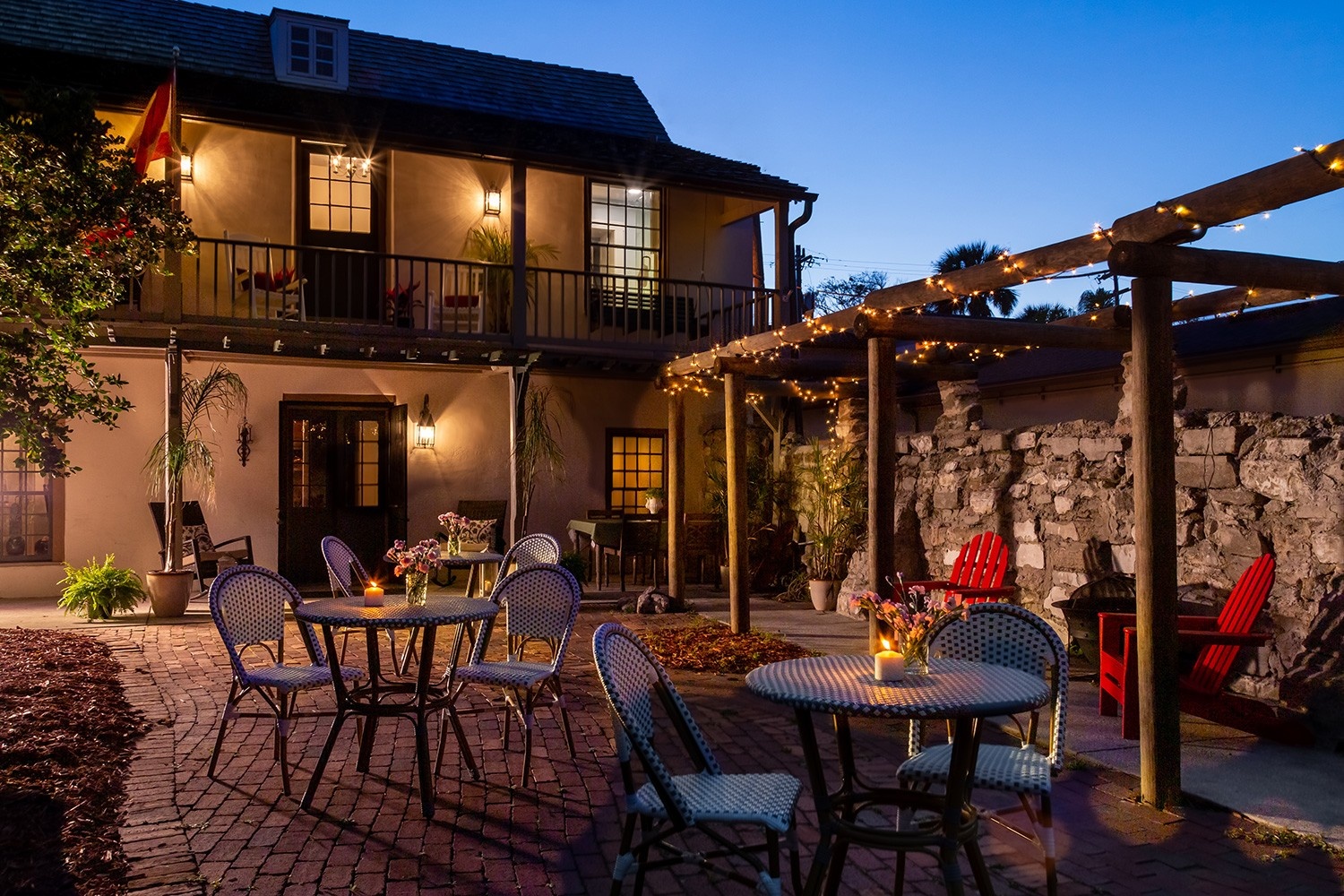
Al-fresco dining in St. Augustine. Courtesy of Bayfront Marin
With a 75-acre vineyard in Clermont, FL, and 450 acres in Prosperity, FL, the winery works with local growers to produce native red Noble and bronze Carlos and Welder Muscadines varieties. Teaming up with the St. Augustine Distillery, the two help eliminate waste by swapping barrels to reuse for each other’s products. The winery’s own Lighthouse bottle supports the local St. Augustine lighthouse with proceeds going toward maintenance and repairs.
Where to Sleep
Tucked away across from Matanzas Bay, you’ll find Bayfront Marin House, a charming inn that takes its guest experiences and sustainability efforts seriously. Along with actions like conserving water, recycling and minimizing waste, and cutting down on food waste thanks to a served-tray happy hour service, the inn also uses locally-made products as much as possible and partners with the St. Augustine Art Association to support local businesses by providing a space for artists to create.
For extra privacy and a dash of history, stay in the Jose Simeon Suite in the adjacent Sanchez House. Along with its elegant rooms, the quaint stone courtyard, outfitted with a fountain, is home to a large 1940s coquina cross, reportedly buried next to the foundation to bless the house when it was originally built.

Carissa Chesanek is a food and spirits writer based in Brooklyn. Her work has been seen in Imbibe, Food Network, Vinepair, Whisky Advocate, and Alcohol Professor. When she’s not writing, she’s on the hunt for the best Old Fashioned.


